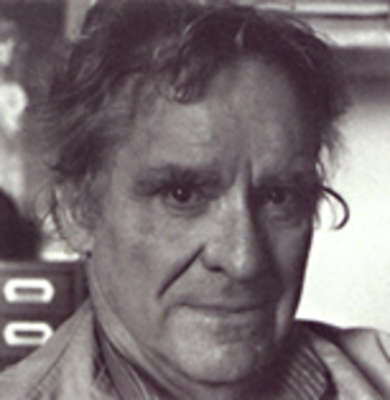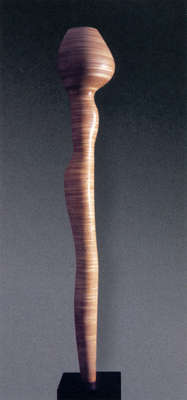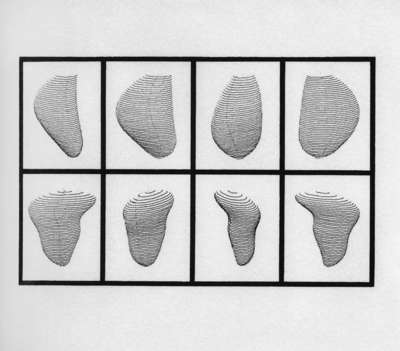Robert Mallary was a renowned artist early in his career already, and made a pioneering contribution to “computer art”. He was a professor in the art department at the University of Massachusetts, Amherst, from 1967 to 1996, just a year before he passed away. He is more famous even for the neo-dada junk sculpture and his use of industrial materials like acrylic and polyester plastics, with fluorescent dyes and pigments to produce assemblage relief constructions, than for his computer art.
In 1967, he became interested in using a computer program to design sculpture. Like several artist in the late 1960s, he was impressed by what the cybernetic idea of controlling complex processes promised to open up as artistically new or, at least, exciting to try out. He hoped in cybernetics for an “intelligence and information amplification device which will be linked synergistically with the unique, creative capacities of the human mind for performances, intellectual and creative, surpassing either human or machine capabilities functioning separately.” (from a website on Mallary’s art).
When he turned to computers, Mallary returned to his old interest in the potential of combinations of art and technology. He became one of the first artists (if not actually the first) to create a sculpture by use of a computer program. Meanwhile, in late 1966, art and technology had actually met in the Nine Evenings event in New York, staged by “experiments in art and technology”.
In his own words "My contributions to computer art over the years include: learning to write and use my own computer programs; developing the first program, TRAN2, for the computer-aided design of sculpture; developing the first program, ECOSITE, for the design of land reclamation and earth sculpture; developing a series of large programs oriented to the lineal character of computer-driven pen plotters; developing a large library of tutorial programs and subroutines (over 150 in all) to support my creative work and teaching; and creating and exhibiting a large oeuvre of computer-graphic art that has drawn upon the resources of this library. I have also written articles and lectured extensively on computer art. " – (Mallary: Dedication)
The sculptures Quad II and Quad III were done by building up layers of discs (cut out of plywood and glued) so that those discs fit into a contour. This technique allows for a limited sort of three-dimensional volumes only but one that, by the time, was easy to design by computer.
Later in his life, Mallary was one of the first artists to speak about health hazards caused by working with industrial materials. He did so because of his own experience.
Further readings on computer sculpture:
Mallary: Six levels of cybernetics (Artforum, May 1969. Wrongly stated as May 1979 on Mallary’s website)









